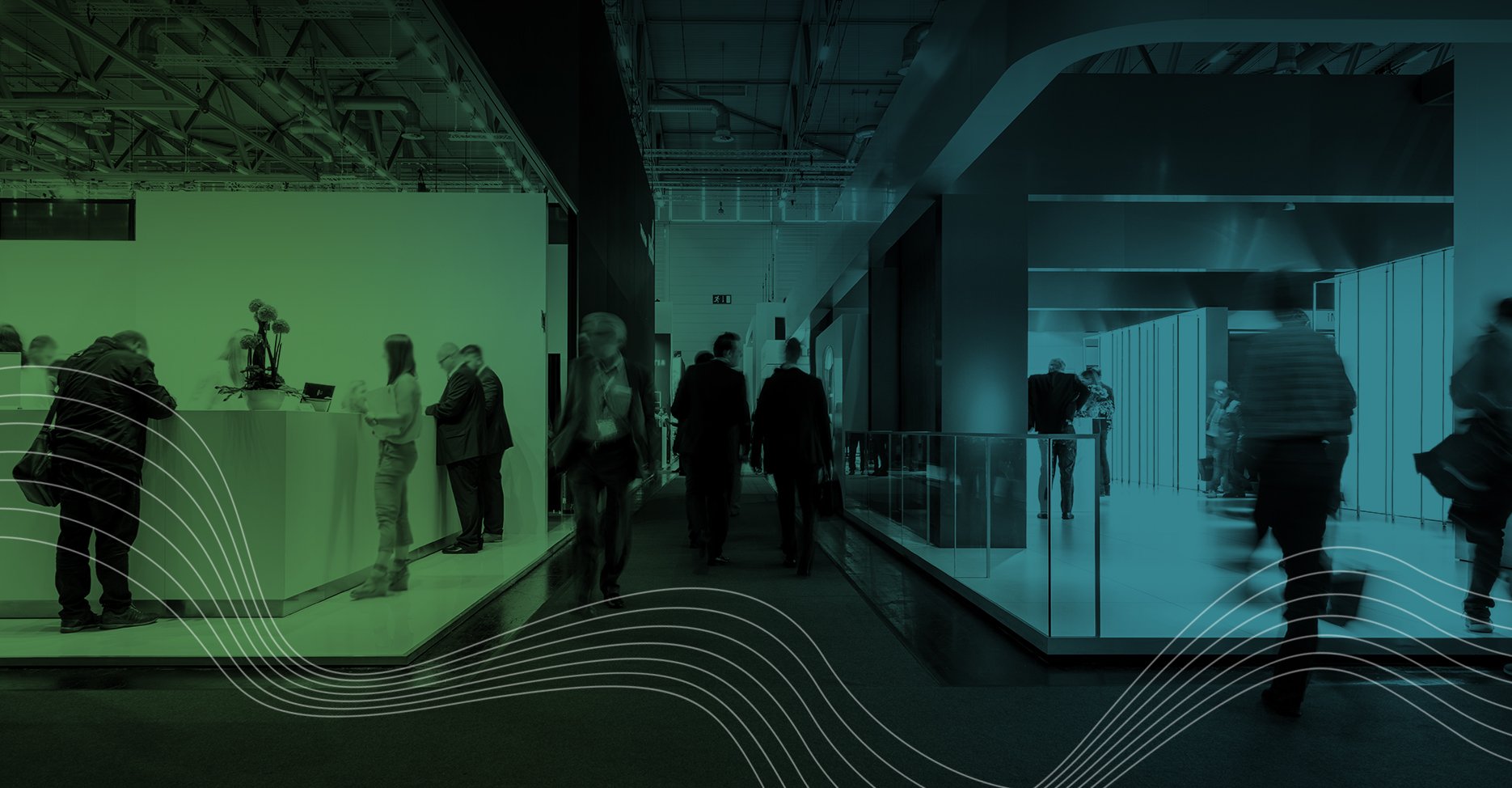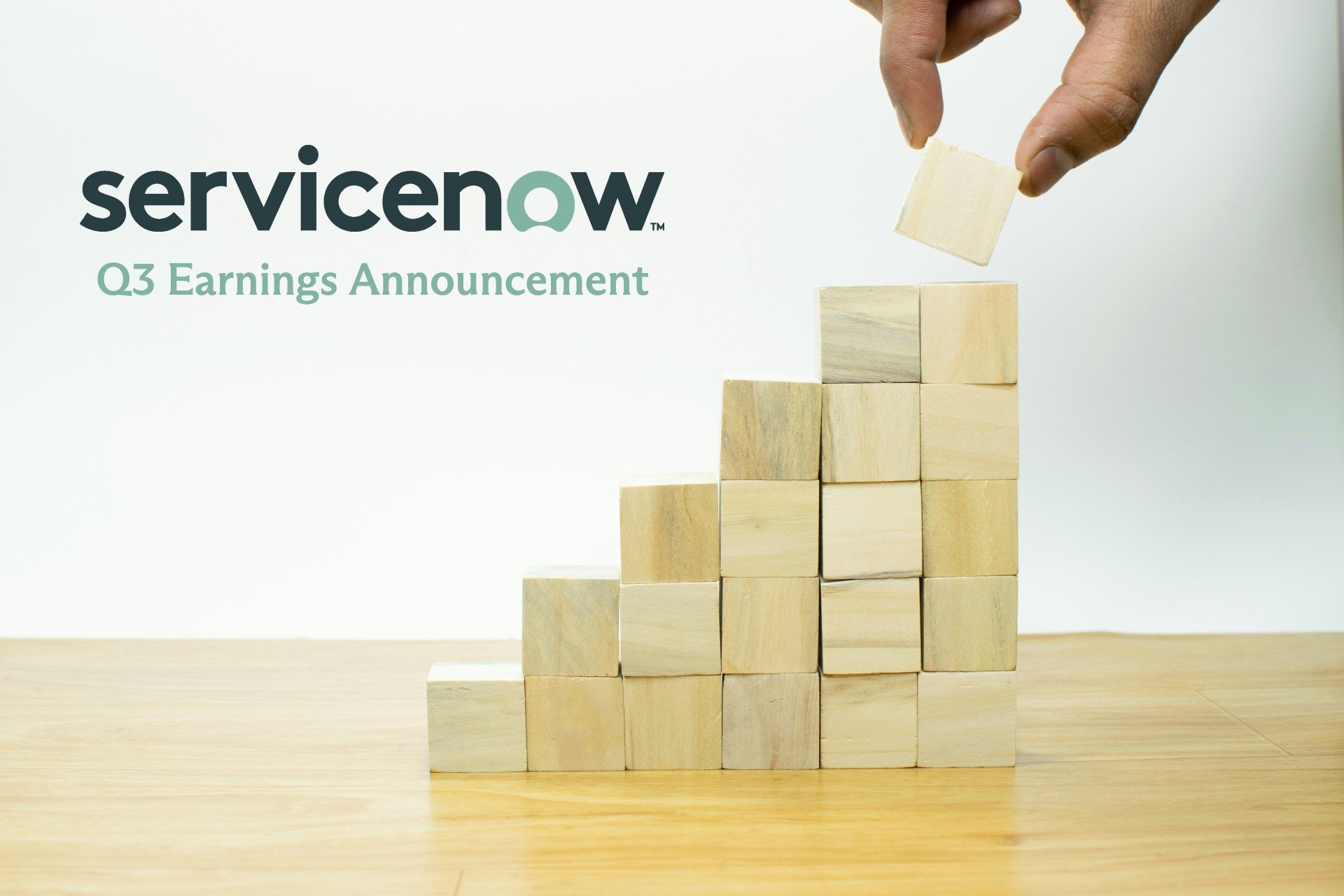

At Knowledge 2025, ServiceNow painted a picture of AI-native workflows, data orchestration, and agentic experiences that would redefine how enterprises operate. A few months later, those ideas have become live features, acquisitions, and enhancements shaping day-to-day work on the Now Platform.
Here are the most important takeaways that are now in motion.
1. The AI Control Tower Is Operational
What was introduced as a concept in Las Vegas is now a working product. Organizations can govern, monitor, and orchestrate AI agents and models from a single console. This central nervous system for AI adoption provides visibility and accountability across workflows, ensuring that agents act responsibly and deliver measurable results.
2. Workflow Data Network Expands Enterprise Integration
The Workflow Data Fabric vision has matured into a broad network. ServiceNow now offers prebuilt connectors to systems like Snowflake, Redshift, SAP, and Oracle. This allows data to flow securely into AI agents and workflows without duplication or fragile integrations, making real-time intelligence practical at enterprise scale.
3. An AI-Powered CRM Arrives
The promise of a fully AI-driven CRM is here. Because, at the risk of hyperbole, ServiceNow handles the “relationship” portion of CRM better than anyone. The system’s connected data layer cuts through silos giving users unparalleled visibility into the post-sale customer journey. ServiceNow has delivered a unified platform on which AI agents can automate customer lifecycle tasks, from case resolution to proactive engagement. Instead of relying on static CRMs, enterprises are beginning to experience a system that anticipates and acts in the flow of work.
4. Acquisitions Strengthen AI Capabilities
Strategic moves are accelerating ServiceNow’s ability to deliver generative AI assistants. These capabilities are already enhancing employee support and front-office automation, bringing advanced conversational and problem-solving agents directly into the platform.
5. Zurich and Yokohama Releases Deliver Agentic Features
Recent platform releases have delivered on Knowledge 2025 commitments. Zurich introduced Build Agent and developer sandboxes, while the previous release Yokohama (which launched right before Knowledge) added agentic playbooks, hybrid workflows, and process mining. Together, they give enterprises the ability to scale agent adoption with governance, security, and visibility built in.
6. Employee Center Evolves for the Agentic Future
Enhancements to Employee Center have made it more than a portal. New capabilities like an improved request UI, browser extension, search extensions, and Now Assist integration reinforce the agentic model by bringing support directly into the flow of work. Employees no longer need to hunt for answers, since agents deliver them where and when needed.
7. The AI Vision Is No Longer Conceptual
Perhaps the most important takeaway is momentum itself. At Knowledge 2025, the conversation was about vision. Today, enterprises are implementing AI Control Tower, leveraging Workflow Data Network, piloting AI-powered CRM, and deploying agentic playbooks. The distance between roadmap and reality is shrinking fast, and organizations are moving from exploration to execution.
Final Thought
Knowledge 2025 promised an AI-native enterprise where agents, workflows, and data move in sync. That future is arriving now. The next challenge for leaders is adoption, and how quickly teams embrace these capabilities and how effectively they measure impact across their operations.



